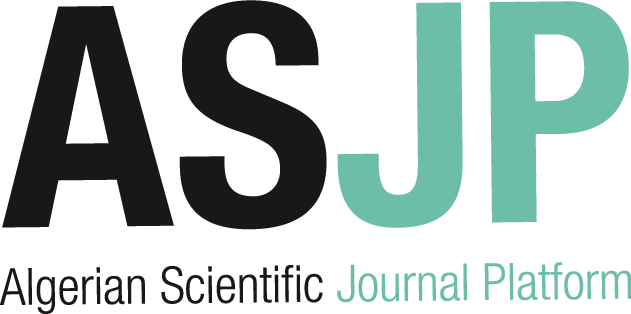[article]
| Titre : |
Reducing byproduct formation during conversion of glycerol to propylene glycol |
| Type de document : |
texte imprimé |
| Auteurs : |
Chuang-Wei Chiu, Auteur ; Ali Tekeei, Auteur ; Joshua M. Ronco, Auteur |
| Année de publication : |
2008 |
| Article en page(s) : |
p. 6878–6884 |
| Note générale : |
Chemical engineering |
| Langues : |
Anglais (eng) |
| Mots-clés : |
Glycerol Propylene glycol Selective conversion |
| Résumé : |
During the conversion of glycerol to propylene glycol, highly selective conversion is necessary for commercial viability. The greatest strides in achieving high selectivity are attained with catalyst and temperature. For the conversion of glycerol to propylene glycol, these parameters can be optimized to achieve selectivities of greater than 80%. This paper is on the optimization of more-subtle parameters such as concentration, water content, pressure, isothermal operation, and residence time to achieve selectivities in excess of 90%. Data reveal that low concentrations are important to reduce by-product whose formation relies on second-order reaction mechanisms. Water is important to reduce dehydration reactions and indirectly helps to maintain more-isothermal operation. An optimal hydrogen partial pressure between 5 and 15 bar minimizes the cumulative amount of by-product that results from hydrocracking versus dehydration side-reactions. |
| En ligne : |
http://pubs.acs.org/doi/abs/10.1021/ie800300a |
in Industrial & engineering chemistry research > Vol. 47 N°18 (Septembre 2008) . - p. 6878–6884
[article] Reducing byproduct formation during conversion of glycerol to propylene glycol [texte imprimé] / Chuang-Wei Chiu, Auteur ; Ali Tekeei, Auteur ; Joshua M. Ronco, Auteur . - 2008 . - p. 6878–6884. Chemical engineering Langues : Anglais ( eng) in Industrial & engineering chemistry research > Vol. 47 N°18 (Septembre 2008) . - p. 6878–6884
| Mots-clés : |
Glycerol Propylene glycol Selective conversion |
| Résumé : |
During the conversion of glycerol to propylene glycol, highly selective conversion is necessary for commercial viability. The greatest strides in achieving high selectivity are attained with catalyst and temperature. For the conversion of glycerol to propylene glycol, these parameters can be optimized to achieve selectivities of greater than 80%. This paper is on the optimization of more-subtle parameters such as concentration, water content, pressure, isothermal operation, and residence time to achieve selectivities in excess of 90%. Data reveal that low concentrations are important to reduce by-product whose formation relies on second-order reaction mechanisms. Water is important to reduce dehydration reactions and indirectly helps to maintain more-isothermal operation. An optimal hydrogen partial pressure between 5 and 15 bar minimizes the cumulative amount of by-product that results from hydrocracking versus dehydration side-reactions. |
| En ligne : |
http://pubs.acs.org/doi/abs/10.1021/ie800300a |
|


 Ajouter le résultat dans votre panier Faire une suggestion Affiner la recherche
Ajouter le résultat dans votre panier Faire une suggestion Affiner la rechercheReducing byproduct formation during conversion of glycerol to propylene glycol / Chuang-Wei Chiu in Industrial & engineering chemistry research, Vol. 47 N°18 (Septembre 2008)











